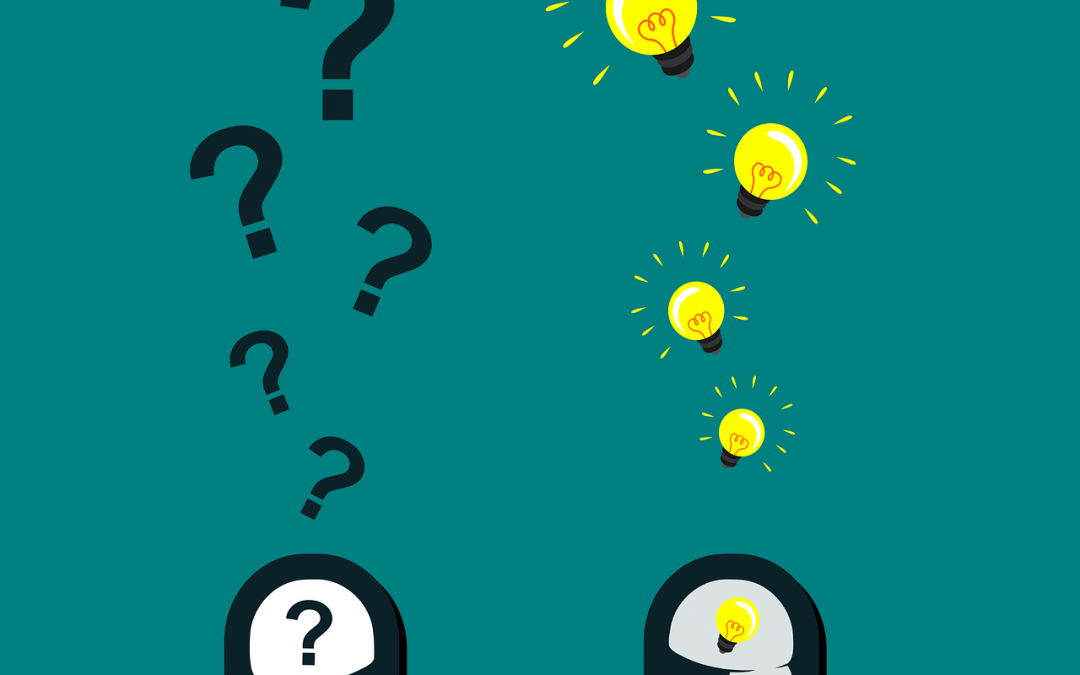There is a war smouldering behind the scenes in the academic community regarding how reading should be taught, and occasionally it flares up and rages into heated battles.
Why it matters to us as educators, administrators, policy makers, and school board members is because the underlying theory about how children learn to read then creates the instructional programs and strategies that we use in our schools. It is important to distinguish that underlying hypotheses do not INFLUENCE instructional methods – they actually DICTATE how reading is taught.
Why this matters to all of us socially is that large dollars are being spent on instructional programs and training to staff in schools – and it would be nice to know that our government is getting it right.
Why this matters to us as parents is that someone, somewhere, is choosing the instructional approach that we will have in our school, in our school board, in our province – and it would be nice to know that the way they teach reading works!
Unfortunately, most approaches to reading are very polarizing. People tend to land in one of two “camps”: they believe that children learn by exposure to Whole Language, and exposure to books – that children learn at the word level. This Whole-Language approach to reading contradicts the Phonics approach to reading. The Phonics camp leans toward an approach that teaches reading from the letter level, and matching letters to sounds.
Why this is unfortunate is that literacy tends to get taught from one perspective or approach, to the exclusion of the other. And neither approach works for all learners.
Literacy is an incredibly complex act. Brain imaging studies show diffuse bi-lateral activation and connection across many cortical areas. This means that when we watch the brain of an effective reader, many different brain areas on both sides of the brain are lighting up. As well, these brain areas all communicate with each other through neural connections and pathways. What do brain images show us? That each reading brain is actually unique. And that each brain has certain information that is prioritizes, process, and responds to more, better or easier. Each brain also has information that it is less efficient in using or processing.
 Each child learning to read has a unique learning profile of what helps and what is challenging. To date, there is not one single learning approach or program that works for all children!
Each child learning to read has a unique learning profile of what helps and what is challenging. To date, there is not one single learning approach or program that works for all children!
What we may see within a school division is decisions made from the perspective that the Whole Language Approach is how children learn. That organization then spends big money on a boxed kit that focuses on using Meaning, Structure, and Visual cueing at the word level. They further spend multiple thousands of dollars on professional development to train their staff to use this kit. However, this kit, and the strategies that come with it, is NOT going to work for all readers.
In fact, this approach will work for MOST readers with a fairly typical learning profile. However, it has POOR OUTCOMES for children that have trouble learning to read – those with language disorders, learning disabilities, or dyslexia. Those children need something substantially different. Sadly, quite often there ISN’T something substantially different offered. There are no other programs available in the school division, or staff are not trained in any other approach.
Reading Development Calgary
What ends up happening in this situation is that the student just gets MORE of the same instruction that doesn’t work. They get pulled out of class into smaller and smaller groups, or even by themselves; once a week, then twice, then three times, maybe even twice a day. They get drilled and hammered repetitively with instruction that simply does not match how their brain learns.
They get frustrated, the teacher gets frustrated, parents get frustrated, and things escalate.
Children may develop poor self-esteem, avoidance behaviours, disruptive behaviours, and even outbursts. They may take on shame, which is one of the worst things that can happen long-term for a child. Outcomes of shame include things like high school drop out, unemployment, incarceration, and difficulties with mental health. Begin to predict the social impact – and economic impact – of an education system that breeds unemployment, incarceration, and poor mental health!
Parents can feel helpless, anxious, and disconnected from their child. They may start to feel that the child is lazy, or isn’t working hard enough. They seek to understand why this is happening with their child, and may have trouble accepting their child. Family relationships get impacted. What is the long-term impact of fragmented families? Or children growing up with a feeling that they don’t belong, and one day becoming parents themselves?
It matters! Understanding how children learn to read MATTERS. Getting stuck in a polarizing conversation or debate regarding phonics vs. whole language actually comes with a cost to children and their families. Making decisions at the organizational or governmental level based on which “camp” the decision maker lands in actually affects the health of our children and their families.
It’s time for a new perspective on how we teach children to read. It’s time for a research-based approach that is backed by science; an approach that guides us in delivering custom-tailored, individualized teaching that matches each learners’ unique and individual learning profile. Our future depends on it.
If you think your child is struggling with reading don’t hesitate to contact us for immediate support. Call us today!

